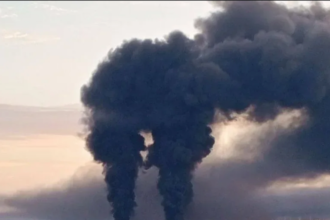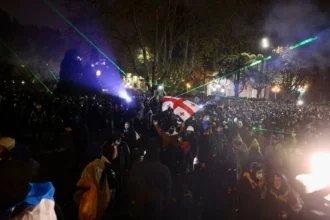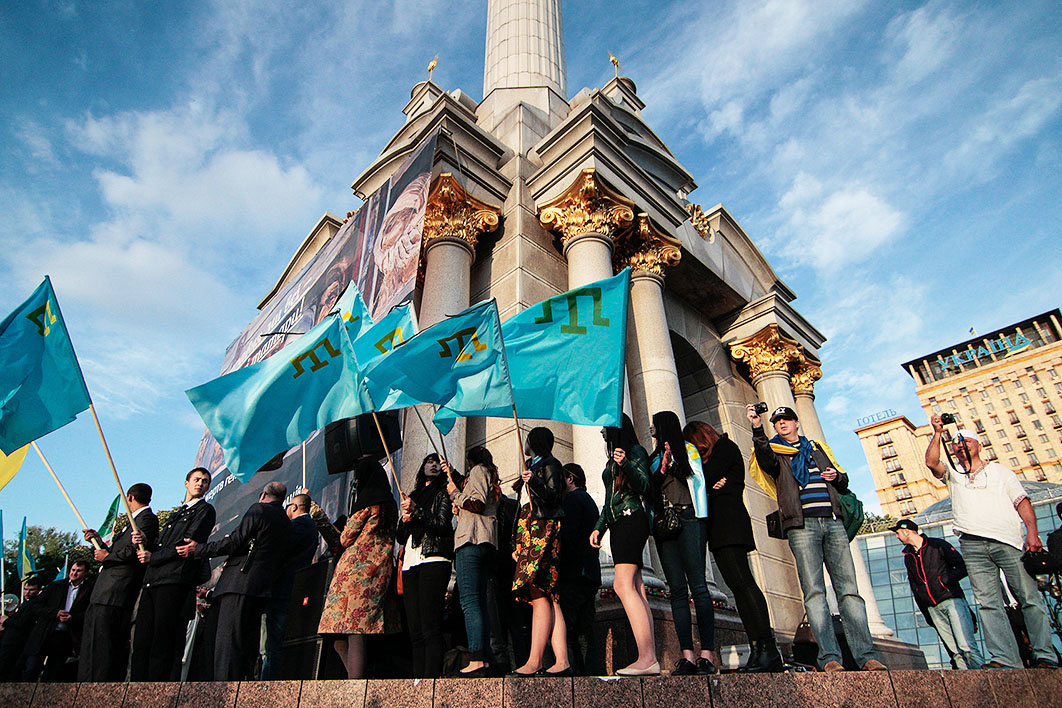If you ask anyone in the West about the Crimean peninsula, the response is usually the same: “It’s a complicated story.” This is because most Westerners only know about Crimea through Russian narratives. This is not surprising, as for many years, Ukraine was seen as just another part of Russia, making it difficult for Western audiences to understand the ongoing Russo-Ukrainian War. It has only been in the past few years, after Russia’s full-scale invasion, that Western audiences have begun to realize that Ukrainians and Russians are two distinct peoples.
However, the history of Crimea and its people remains largely unknown to Westerners. If you mention the indigenous Muslim population of Crimea, the Crimean Tatars, to someone from the West, they are often taken aback and may even have questions. As a Crimean Tatar, who considers Crimea my only homeland, I have encountered this lack of familiarity with my people and our history. Unfortunately, years of propaganda and myths, rooted in Russian literature, religious traditions, and history, have painted a negative and false image of the Crimean Tatar people.
In 2014, when Russia annexed Crimea, I was working as a journalist for the Crimean Tatar channel ATR, hosting programs in our native language. It was a fulfilling life, dedicated to reviving our language and culture through journalism and television reporting. However, the annexation changed everything. The occupation authorities shut down ATR, accusing it of extremism, and my colleagues and I were forced to leave our homeland and relocate to Kyiv. There was no longer a place for honest and objective journalism in occupied Crimea. Currently, I am a visiting scholar at the University of Cambridge, where I am studying the history of Crimea.
The 2014 annexation of Crimea was marked by unlawful arrests, searches, and the forcible expulsion of Crimean Tatars from their ancestral land. This is not the first time that Russia has annexed Crimea. In fact, the first annexation took place in 1783, and it also had a disturbing precedent. The Russian Empress Catherine I and subsequent tsars saw the Crimean Tatars as a dangerous Turkic and Muslim population that needed to be eradicated. This colonial policy systematically discriminated against the Crimean Tatars, who were subjected to violence and oppression in the 18th and 19th centuries.
Today, the authorities in occupied Crimea continue to accuse Crimean Tatars and Ukrainians of extremism, following the same pattern as the first annexation. It is important to understand the historical context of this persecution and discrimination against the Crimean Tatars, as it sheds light on the current situation in occupied Crimea. We must not forget the past and continue to raise awareness about the ongoing human rights violations in Crimea.
Read More @ euromaidanpress.com




